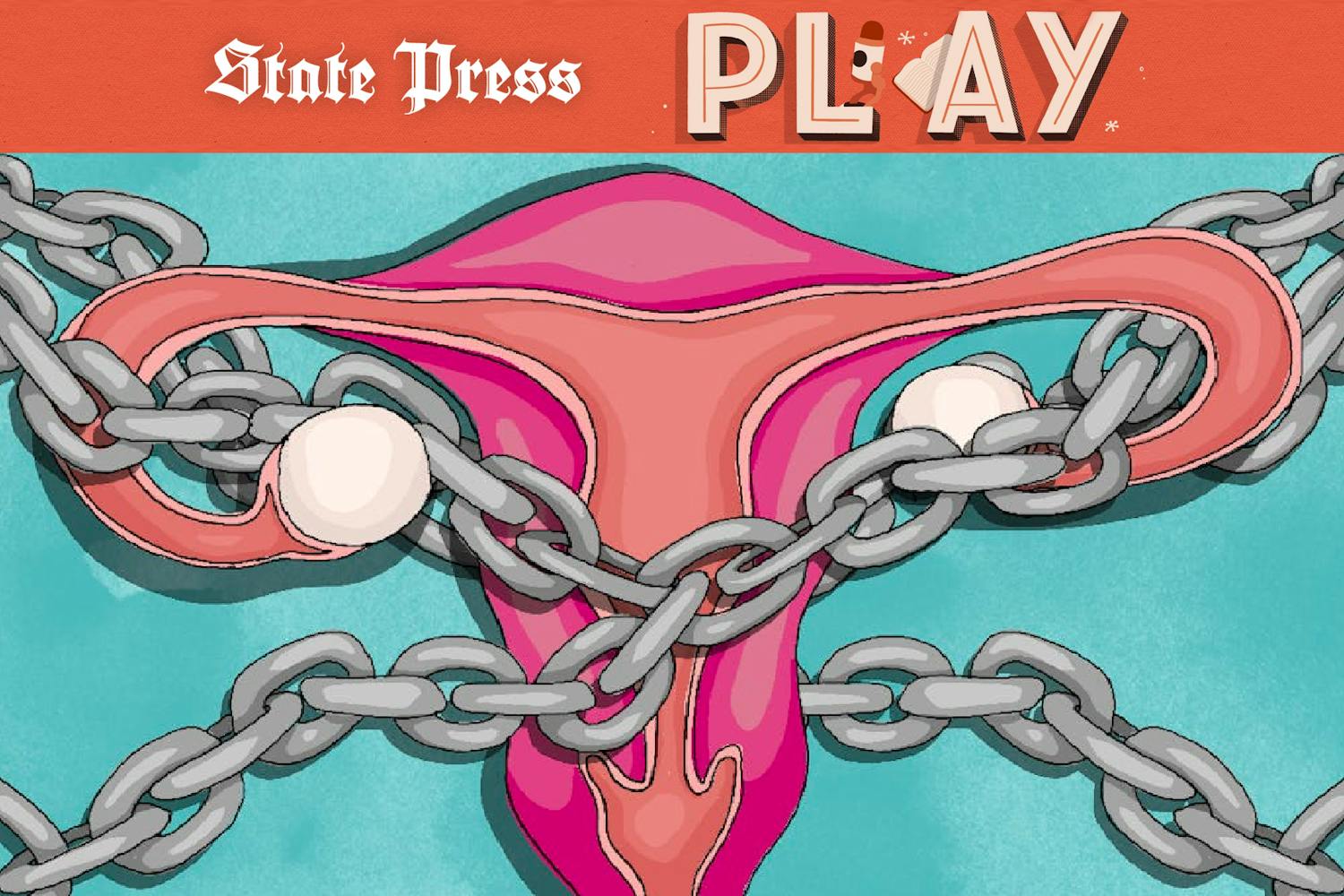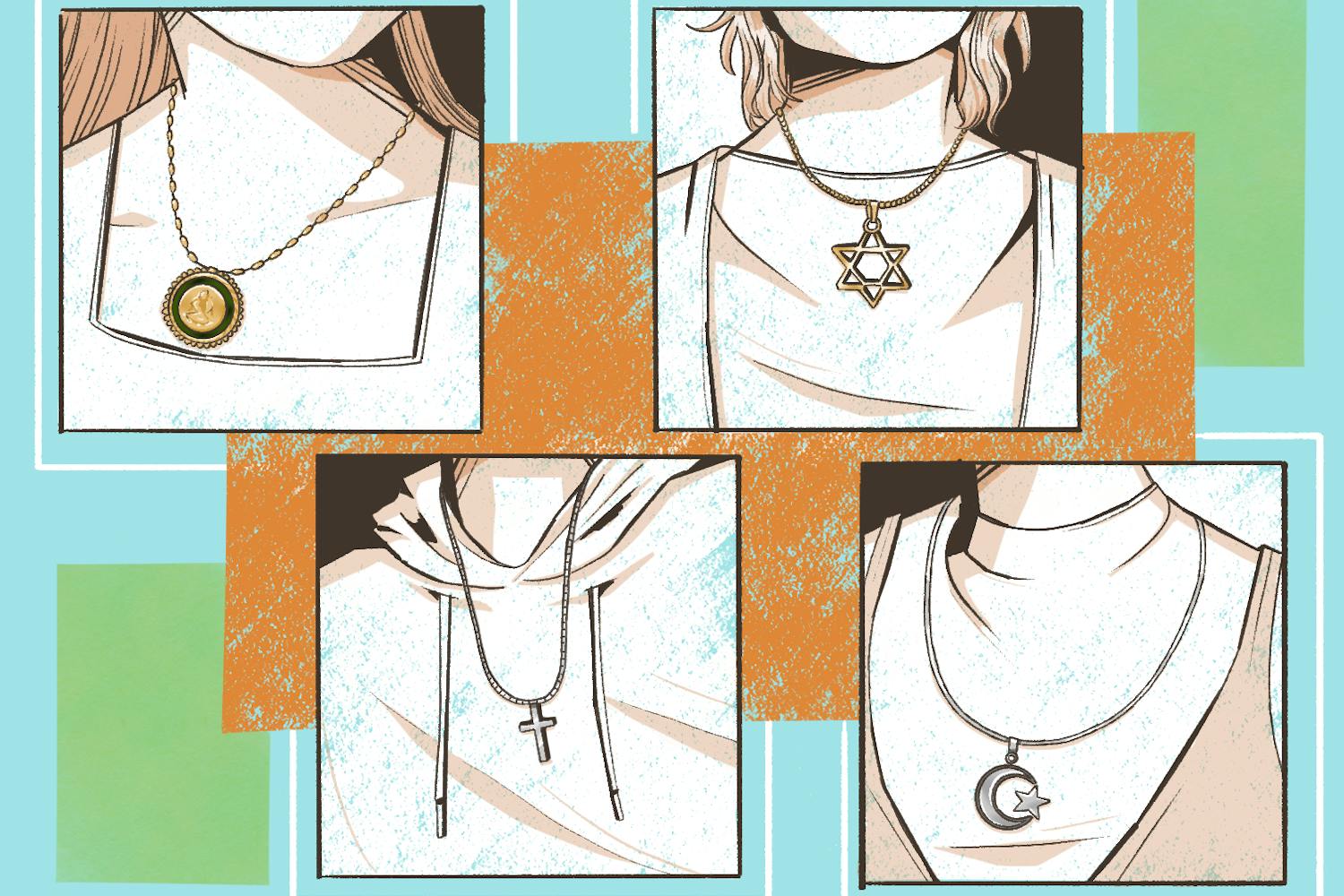For years, the concept of public school terrified me. As I had attended a private, uniformed, Catholic institution from preschool through high-school, the chaos I associated with public school was pretentious to say the least.
However, my personal history in Catholic schooling has allowed me a unique perspective on what constitutes education when religious culture is injected into the curriculum. I was raised with lines of plaid skirts, polos, navy and white filing into rectangles in a grassy courtyard every morning for prayer and assembly. Mass was an undisputed part of Friday’s schedule and religion class was as demanding as math and literature.
Looking back, this amount of structure seemed imperative to a scholastic environment and prepared me for the future. This column is not meant to hold one type of schooling over another; instead, it's meant to examine the extensive benefits gained from the educational and social features of private, religious institutes, and why they are worth the trouble.
Although Catholic school teachers employed by the Diocese often make less than public school educators, they define commitment and tenacity, especially in an environment where the relationships formed in kindergarten exist for decades due to the Diocesan emphasis on community. These instructors go above and beyond to provide a quality education and a personal mentorship for their students. I was lucky to have these teachers throughout grade school.
The level of education facilitates students that wish to surpass the norm. According to the National Center for Educational Statistics, private schooling institutions tend to turn out higher scores in reading and mathematics than their public counterparts. Of course, in any school, there will be students ranging from slackers to overachievers.
However, the abundance of opportunities for students who want to exceed in private schools allows for more access to success. The Honors and AP courses available, as well as the availability and investment of the educators, made a higher form of learning readily accessible and possible. By taking advantage of these aspects of private school, advancement to college was more a question of “where” rather than “if.”
The most conflicting prospect of Catholic schooling points to the people. The slim demographic that encompassed the private schools of southern Arizona reflected a very specific percentage of the population. Many of the more affluent parents of the area sent their children to private institutes as an alternative for the especially weak education system found in Arizona.
Tuition narrowed my peers into two typical groups. The first included those who focused on the social scene, whereas the second involved those who were there to make the most of their parents' hard-earned money. The latter group tended to be focused, competitive and ambitious, pushing each other to do better in both academics and extracurriculars. The relationships made within this interlaced group definitely provoked initiative and a thirst for success through the friendships and interactions built and carried on.
None of this is to say that Catholic school is perfect.
As one would expect, religion classes specifically tailored toward the Catholic system of belief tended to lack many worldly perspectives. However, I learned a great deal about people and faith through the semi-constant observation of those who devote themselves entirely to a larger power.
Another complaint regards the strict guidelines, like dress code and codes of conduct. They are designed to pivot the energy spent on social distractions towards a focus on education, but instead restricted individuality and self-expression. The most difficult fashion decision was choosing a maroon collared polo over an identical gray one.
However, I personally owe my social, leadership and academic characteristics to this type of learning environment, which have aided me in pursuing a higher education and a career in writing.
Reach the columnist at smmaki@asu.edu or follow her on Twitter @syd_neym
Editor’s note: The opinions presented in this column are the author’s and do not imply any endorsement from The State Press or its editors.
Want to join the conversation? Send an email to opiniondesk.statepress@gmail.com. Keep letters under 300 words and be sure to include your university affiliation. Anonymity will not be granted.
Like The State Press on Facebook and follow @statepress on Twitter.



